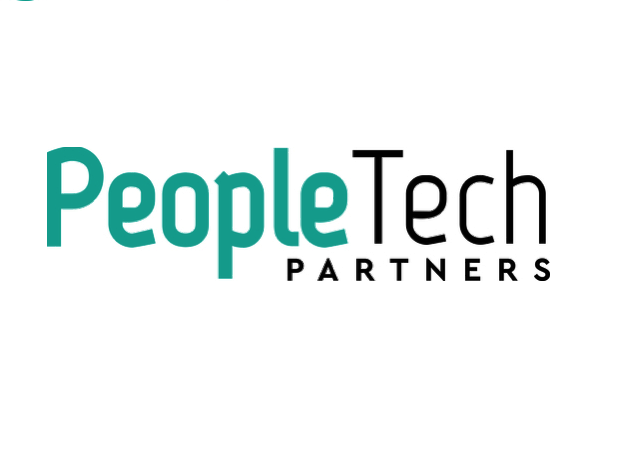by Jessica Yuen
Technology has transformed numerous industries, and HR tech is experiencing its moment as more and more products are arising to make our jobs as HR leaders better and easier. These tools have the power to take repetitive work off the table and allow HR teams to be more insightful and strategic.
However, HR tech can be a double-edged sword that promises efficiencies while also being a potential minefield of user challenges and process changes. Many tools seem shiny and oh-so-promising: you’ve done your research, worked hard to get budget and internal buy-in, rallied the team around the product, but then…sometimes it fizzles and buyer’s remorse sets in. So, what can you do proactively in anticipation of these challenges?
Ask for customer references. Most teams hit the key research questions when looking for new HR tech (price, features, integrations, time to implement, etc), but the most helpful research often includes customer references. Talking to other customers is especially helpful during the decision-making process, plus can be helpful to provide insights into planning for implementation. Testimonials will provide a preview of highs and lows of implementation and help you suss out if the sales process was too good to be true or pretty spot on. Investing a couple hours to get the real scoop could save many more hours in the long run. Plus, it’s always great to connect with other awesome HR teams!
Try before you buy. De-risk a huge rollout when possible. Many HR tools allow for a trial period, which allows for the intricacies of integrations or ensuring historical data to be sorted out / spotted first. Running a pilot (say for 6–12 weeks) provides enough time to gather data on how engaging the product is as well as how much of the sales pitch was reality versus on the product roadmap. Usually in the first few weeks, engagement metrics spike as folks are eager to try out something new. For a tool that the entire company uses, like the HRIS or performance management system, you can first provide access to your HR department to make sure that everything looks right, and then release to the “friendliest” departments or folks who will provide helpful feedback. By positioning this as a trial period, it can allow for the tool to get up and running sooner without as big of backlash, plus more importantly, identify any major snafoos before an all encompassing rollout. Oftentimes, you can find a department or subset of employees who can try out the tool and provide feedback. This will also kickstart two key areas of momentum 1) Training of users, and 2) Identifying change agents who can help with evangelism and adoption. Naomi Davidson, founder of team effectiveness software trybe.ai, encourages customers to “learn about the long term relationship you’ll have with a vendor during the pilot. Good vendors care about supporting a successful roll out. Great vendors are long-term partners, helping to anticipate hiccups and measure success of the tool for your business.”
Secure it. HR tech expert Annie Wickman, who has implemented her fair share of systems at Humu, Gusto, Etsy, and Google reminds us: Triple-check the security. Many of these systems involve transferring a lot of private data, so pull in a security expert from your team to verify everything is secure. Nothing stands in the way of a smooth transition quite like a data breach.
Communicate, communicate, oh and then, communicate. Bring your leadership team and your employees along the journey. Being clear about what you’re trying to solve for (why is this tool needed), what’s different now that this new tool exists, the anticipated timeline, and what is Plan B if things go awry, will help get them comfortable. Then share any definitions for success (adoption rates, ROI, efficiencies like reduced questions to HR, etc) and track them in the coming months to show how effectively the rollout is going. Implementing a new tool takes time, which means the HR team may need more time to answer questions as you set up the resources for FAQs or get familiar with edge cases, so to the extent possible, your team should prepare both formal and informal communications. Ease the transition further and increase adoption by explaining and documenting the most common ways the tools is supposed to be used and including examples of any best practices. As with any tool, it is only as useful as the user who wields it. The more complex the tool, the more important it is that end users understand the purpose and function.
Back it up. For critical systems like your HRIS, run the prior method alongside the new system for a short time (depending on the amount of data this could be a couple weeks or a couple months). While it’ll feel like double the work, the ROI is worth it as it will allow you to easily audit if the new system is doing what it needs to do. Figuring out a couple easy-to-track metrics (e.g., number of entries) will be a good sanity check and might save you a lot of work down the road if you can avoid major glitches. As you monitor these metrics, you can also get a sense for if you need to switch tactics. For example, if you see adoption decreasing for a performance development tool, perhaps you can try a team by team competition on completion of goals in the system. Or leverage role modeling of good behavior by highlighting it in the company newsletter.
At the end of the day, these tips will help make the implementation faster, the organizational rollout smoother, and hopefully help users well, actually use the tools successfully.
Jessica Yuen is the Chief People Officer at Couchbase. Previously, she was Head of People at Gusto.
Originally published at medium.com


